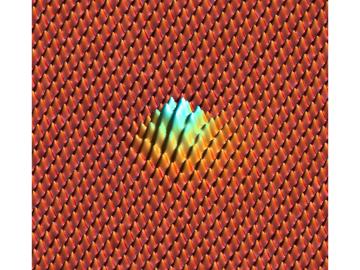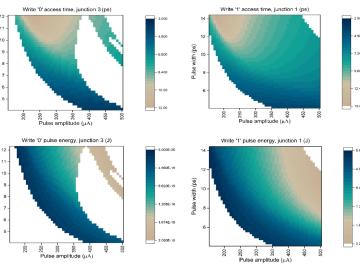
Filter News
Area of Research
News Type
Date
Media Contacts

Researchers at Oak Ridge National Laboratory found a simpler way to measure adhesion between graphene sheets, compared to a sophisticated method used in a 2015 study: They measured how much graphene deflects when neon atoms poke it from below to create “bubbles.” Each bubble’s curv...




Detecting parasites in biological or medical samples has never been faster than when using a dime-sized microchip developed at Oak Ridge National Laboratory and Purdue University. For years, chips have been able to produce test results that are typically gathered from full-scale laboratories, but no...




When four of the nation's most energy-efficient houses are sold, the new homeowners can opt to allow the research project to continue, providing additional data that could make houses of tomorrow even better. This would also enable researchers to compare simulated occupant effect...



